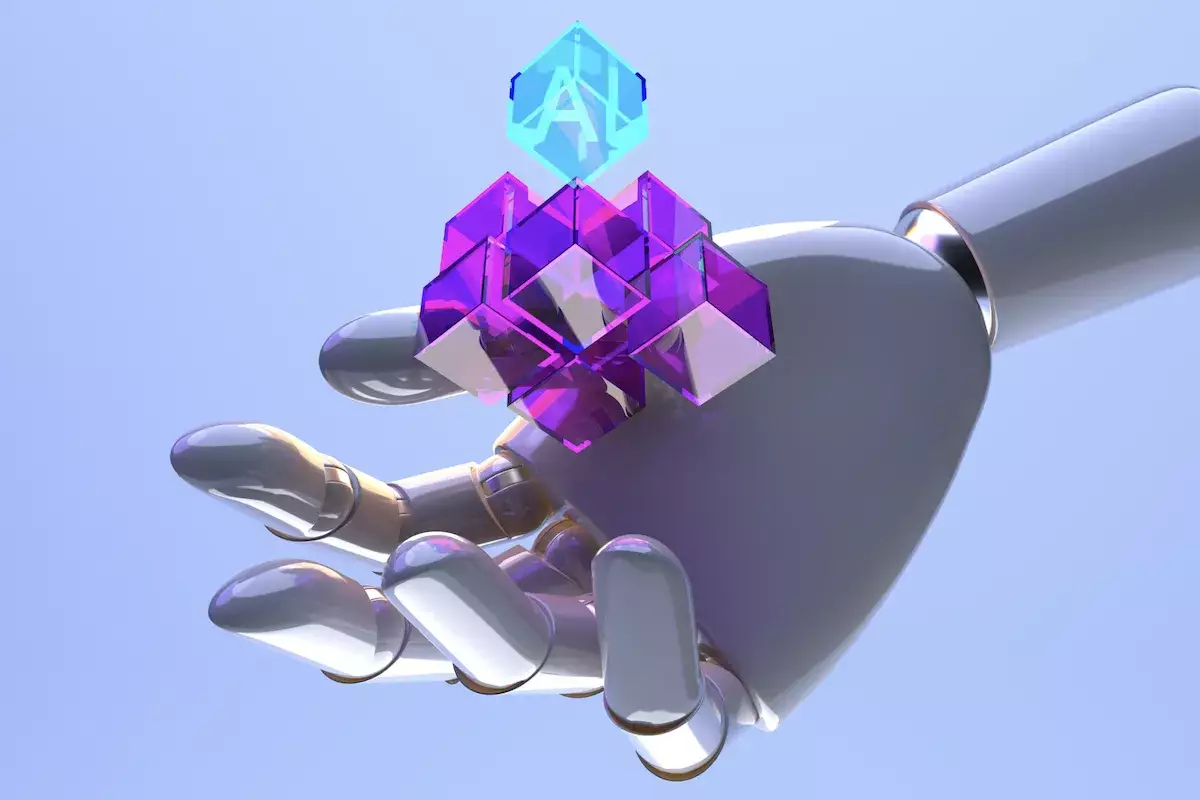The intersection of artificial intelligence (AI) and decentralized technology is reshaping how digital applications operate, fostering an era where security and efficiency harmoniously coexist. At the core of this innovation are AI decentralized applications (AI dApps), which utilize blockchain technology to power self-executing operations with intelligent algorithms that continually refine their performance. As we venture deeper into the world of AI dApps, it becomes evident that they are poised to significantly influence the growth of Web3—a term representing the next generation of the internet that aims for decentralization and user empowerment.
Decentralized applications, or dApps, operate on blockchain networks that ensure transparency and mitigate single points of failure. Each dApp relies on a set of smart contracts, which are coded agreements that execute automatically when predefined conditions are met. This autonomy allows for a range of functionalities, from financial transactions to identity verification, without the need for a centralized authority. By integrating AI into this framework, dApps can leverage real-time data insights and machine learning algorithms, providing a more responsive and intuitive user experience than traditional applications.
While blockchain technology has forged a reputation for safety and transparency, the incorporation of AI marks a transformative leap forward. AI excels in managing extensive data and performing complex analyses, enabling dApps to react swiftly to changes and demands in their respective environments. In decentralized finance (DeFi), for instance, real-time analysis is crucial; even minor tempo advantages can lead to significant financial benefits. AI’s proficiency in parsing large datasets allows dApps to uncover trends, optimize operations, and ultimately enhance decision-making.
Furthermore, advanced AI capabilities such as natural language processing (NLP) facilitate seamless interaction between users and dApps. With NLP, users can engage with applications via voice or text commands, simplifying processes like staking tokens or minting non-fungible tokens (NFTs). This level of accessibility presents a crucial step forward toward wider adoption, attracting a more diverse user base.
One of the most groundbreaking innovations within the realm of AI dApps is the development of AI agents—intelligent software entities capable of executing tasks on behalf of users. These agents can automate everything from trading in volatile markets to curating personalized experiences in gaming and entertainment. Equity in this system is ensured through smart contracts that outline their actions and boundaries. Essentially, these agents transform passive user participation into proactive engagement, thereby enriching the overall user experience.
The diversity of AI capabilities within dApps is substantial. Some rely on machine learning to predict trends or user behaviors, optimizing resource usage in ways preliminary applications could only dream of. Others harness generative AI models to create unique content such as art, music, and narratives, tailoring experiences to suit individual user preferences.
AI dApps often utilize their unique tokens as a fundamental part of their operational framework. These tokens, be they fungible or non-fungible, serve not only to facilitate transactions but also to incentivize educational engagement among users. By rewarding contributions—whether in the form of data provision, processing power, or collective intelligence—AI dApps ensure a feedback loop that promotes mutual benefit and growth.
In this decentralized paradigm, users are no longer mere data commodities for centralized tech giants. Instead, they are valuable stakeholders who are compensated for their contributions to the network. This shift in the incentive structure opens the door to fairer economic models, aligning user interests with the prosperity of the dApp ecosystem.
As of recent reports, the traction gained by AI dApps is undeniable. Platforms monitored by DappRadar reveal that approximately 8.5% of active wallets are now engaging with AI-integrated dApps—an impressive figure demonstrating the growing popularity of this paradigm. Notable projects like LOL and Dmail Network exemplify how these applications are shaping user interactions, enhancing privacy, and creating rewarding environments for participants.
Looking ahead, the potential for growth within this space is enormous. As AI technologies advance, their integration into decentralized platforms is likely to deepen, opening new avenues of functionality across various sectors, including healthcare, finance, gaming, and supply chains. This future promises not only more intricate and capable AI systems but also a profoundly enhanced digital experience for users worldwide.
The nexus of AI and decentralized applications heralds a transformative movement toward more secure, efficient, and user-centric digital environments. As we continue to explore the capabilities and reach of AI dApps, we stand on the cusp of a revolution that will redefine not only the applications themselves but the very nature of user interaction within the digital space.
















Leave a Reply